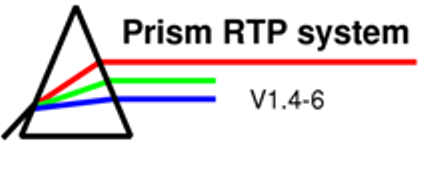
Module 3
Unit 4: Quiz

Instructions:
Answer the multiple choice questions below, then click on the "Process
Questions" button at the end of the quiz
to see your score in the adjacent message box. The program will
not reveal which questions you answered incorrectly, only how
many points you have. Go back and change your answers until you get
them all
right. (At that point the page frame will change to pink.)
Points to
note:
(1) Questions with one or more
possible answers
give a point for each correct answer, but also subtract a point for
each wrong answer!
(2) The program will not attempt to score your efforts at all if
you have not tried at least half of the questions.
(3) This quiz is for your own use only.
No record of your progress is kept or reported to anyone.
This consummately cool,
pedagogically compelling, self-correcting,
multiple-choice quiz was produced automatically from
a simple text file of questions using D.K. Jordan's
dubiously original, but publicly accessible
Think
Again Quiz Maker
of October 6, 2008.
| << Previous Page |
Top of the Page |
Next Page >> |